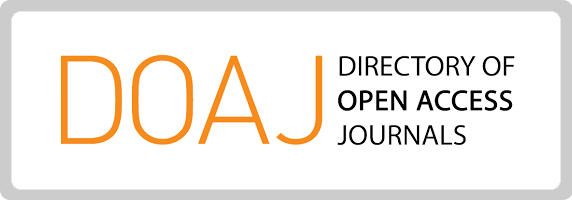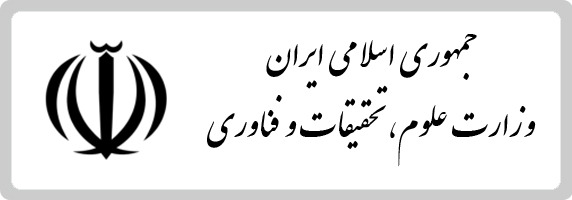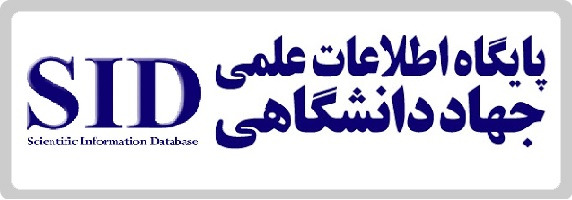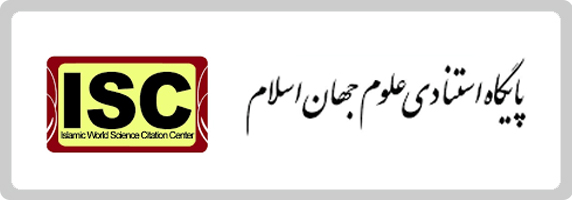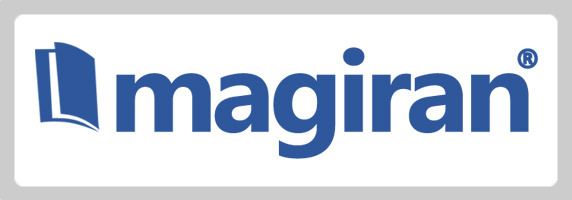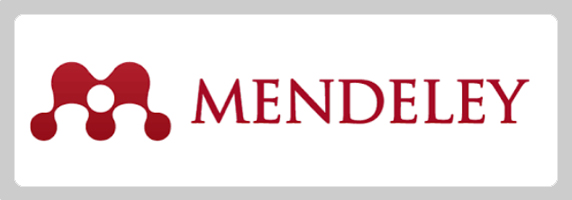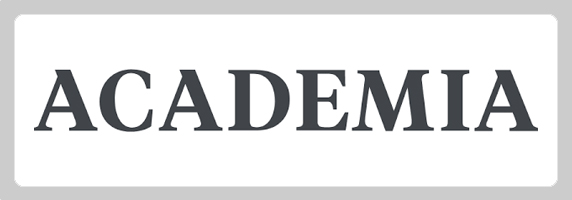- Geology, petrography, remote sensing, mineralization and mineralography of western part of the Saheb iron ore deposit, NE Saqez
Farid Abdollahi, Ghasem Nabatian *, Maryam Honarmand, Mohammad Ebrahimi - Design of a supervised artificial intelligence committee machine to estimate hydrodynamic parameters of confined aquifers
Tahereh Azari * - Investigation and analysis of reservoir zonation in the Fahliyan Formation using pressure, petrophysical, and core data from an oil field in southwestern Iran
Hadis Arvani *, Mahdi Amirsardari, Jahanbakhsh Daneshian - New insights into the geology and ore genesis of the Aregijeh and Emarat Pb-Zn deposits, South Arak: Constraints from mineralogy, texture, and fluid inclusions
Zahra Alaminia *, Amir Salar Boroon, Meisam Tadayon - Assessment of water quality and hydrogeochemical processes in proximity to a municipal landfill site: case study of the Mohammadabad Landfill, Qazvin, Iran
Ata Shakeri *, Neda Sharafi, Meisam Rastegari Mehr, Leyla Abdollahbeglou - Identifying the recharge sources of important karst springs in Kohgiluyeh and BoyerAhmad provinces using stable isotopes of oxygen 18 and deuterium
Nasrollah Kalantari, Sajjad Pourakbari *, Taleb Moradieghad - Depth estimation and 3D reconstruction from a single image based on the MiDaS deep learning model
Mahdi Farhangi, Asghar Milan *, Gholamreza Fallahi, Ehsan Khankeshi-Zadeh - Hydrochemical tracing and salinity origin of water resources based on combined diagrams in the Sabzevar plain
mahboubeh tafazoli, Rahim Bagheri *, Mahmoud Arjmand Sharif, Mohsen shojaei - A python-based framework for land cover classification in engineering geology: A comparative assessment of SVM, K-means, and spectral indices
Mehdi Talkhablou *, Mahdi Farmahinifarahani, Saba Siahmansouri - Formation of magnetite as a key indicator for understanding the physicochemical conditions of porphyry Cu ـ Mo deposit formation: A case study from the Meiduk porphyry deposit in Kerman Province, southeastern Urumieh-Dokhtar zone
Adel Saki *, Peyman Eskandarnia, Alireza Zarasvandi, Naval Malohi - Investigating the role of environmental conditions in the dispersion of elements (major, minor and trace) using geochemical interpretations and models in the sedimentary deposits of Qalikuh, Lorestan
Amirsaeid Hosseini *, Mehrab Rashidi, Seyedeh Akram Jooybari, Manuchehr Daryabandeh - A petrofabric study of deformation in the southeastern Sanandaj-Sirjan metamorphic zone: Constraints from structures and microstructures
Saeede Keshavarz *
- Year 2025
- Year 2025
- Year 2024
- Year 2023
- Year 2022
- Year 2021
2010/07/1 - Indexing and Abstracting
Accepted Articles
- Whole-rock geochemistry of hydrothermal alterations and its relationship with gold mineralization in the Shourab prospect, Isfahan
Alireza Rezaei Alishahdani, Alireza Jafari Rad, Zahra Alaminia *, Mehran Arian, Hemayat Jamali - Application of asphaltenes molecular structure analysis in assessing lateral reservoir continuity: A case study in the Bangestan reservoir from a field of Dezful embayment
Morteza Asemani *, Marjan Saeidi, Arezou Rezaei
Keywords
Journal Metrics
Journal volumes: 11
Journal issues: 22
Articles views: 463958
Articles downloads: 245036
Total authors: 653
Unique authors: 549
Repeated authors: 104
Repeated authors percent: 16
Submitted articles: 395
Accepted articles: 200
Rejected articles: 179
Published articles: 196
Acceptance rate: 50.63
Rejection rate: 45.32
Last 3 years statistics:
Submitted articles: 104
Accepted articles: 62
Rejected articles: 30
Published articles: 61
Acceptance rate: 59.62
Rejection rate: 28.85
Average Time to Accept: 59 days
Average Time to Publish: 31.9 days
Journal Information
- Current Issue: 2025، Volume 11، Number 1
- Print ISSN: 2538-449X
- Online ISSN: 2981-1619
- Director-in-Charge: Hossein Mosaddegh, Associate Professor
- Editor-in-Chief: Morteza Delavari, Associate Professor
- Publisher: Kharazmi University
News letter subscription
Enter your email address to have site news and announcements delivered directly to your inbox.
Site Statistics
- Registered users: 795 users
- Online users: 0 users
- Guest users: 24 users
- All visits: 2051320 visits
- Visits in 24 Hours: 1951 visits
Evaluation and Review Process
- Review process : Double-blind peer review
- Time to first decision: 1 to 3 days
- Time to send articles to reviewers: 1 to 3 days
- Average time to first review: 2 to 4 weeks
- Average time for editing process: 1 week
- Average time to publish online: 2 months
- Plagiarism policy: Using plagiarism detection softwares
- Flowchart of the evaluation and review process
This work is licensed under a Creative Commons Attribution-NonCommercial 4.0 International which allows users to read, copy, distribute and make derivative works for non-commercial purposes from the material, as long as the author of the original work is cited properly.

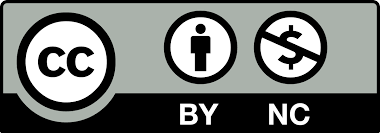

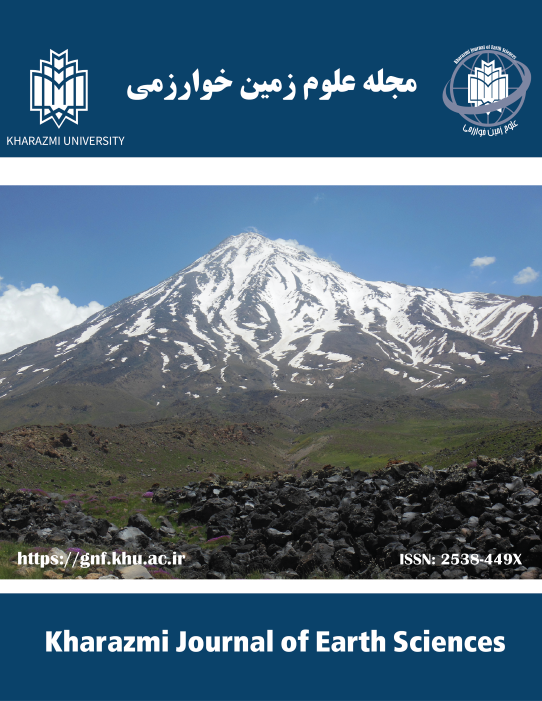
.jpg)
